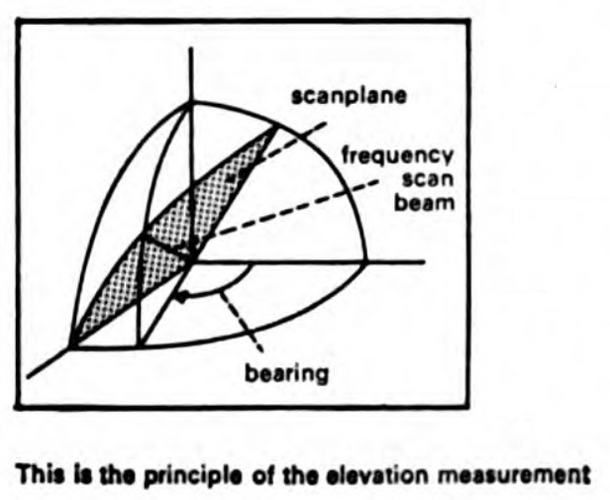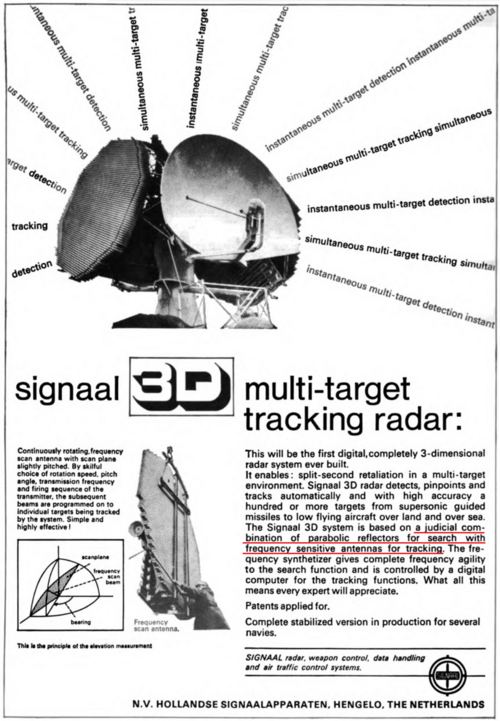- Joined
- 27 September 2006
- Messages
- 5,744
- Reaction score
- 5,633
Zen brought the subject of the evolution of UK naval air defence systems up in another topic. I hope he will not mind me picking up his ball and adding France and other European countries into the mix.
Typhon was intended to replace Talos, Terrier and Tartar with a new radar andamily of missiles in the mid 60s. As Zen points out the only parallel European system was the RN NIGS system, which would have entered service at much the same time.
The US were forced to give up Typhon as too big and complicated, as well as costly and probably not the answer to the problem.
The three T class missiles remained in service but Terrier and Tartar were improved as the Standard missile. Talos left service at the end of the 70s as long range Standard variants became availsble.
US effort went into a powerful radar and control system called AEGIS which first entered service in the 80s on the CG 47 Ticonderoga class.
The RN meanwhile developed its own Tartar size missile (though more like Talos with its ramjet booster) as the CF299 Seadart.
No European navy adopted Talos though Netherlands and Italy adopted Terrier for their cruisers. France developed a missile.similar to Terrier. Masurca equipped three units with modifications well after the Cold War ended.
It took until the 21st Century for France, Italy and UK to develop and deploy a system similar in capability to AEGIS.
Could these three countries have developed something sooner? and what warships would have carried it?
Typhon was intended to replace Talos, Terrier and Tartar with a new radar andamily of missiles in the mid 60s. As Zen points out the only parallel European system was the RN NIGS system, which would have entered service at much the same time.
The US were forced to give up Typhon as too big and complicated, as well as costly and probably not the answer to the problem.
The three T class missiles remained in service but Terrier and Tartar were improved as the Standard missile. Talos left service at the end of the 70s as long range Standard variants became availsble.
US effort went into a powerful radar and control system called AEGIS which first entered service in the 80s on the CG 47 Ticonderoga class.
The RN meanwhile developed its own Tartar size missile (though more like Talos with its ramjet booster) as the CF299 Seadart.
No European navy adopted Talos though Netherlands and Italy adopted Terrier for their cruisers. France developed a missile.similar to Terrier. Masurca equipped three units with modifications well after the Cold War ended.
It took until the 21st Century for France, Italy and UK to develop and deploy a system similar in capability to AEGIS.
Could these three countries have developed something sooner? and what warships would have carried it?


